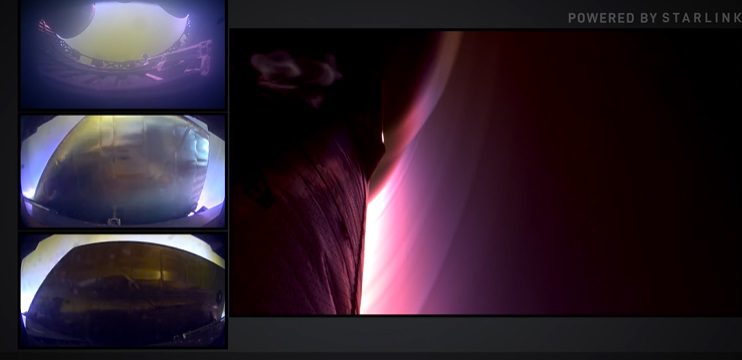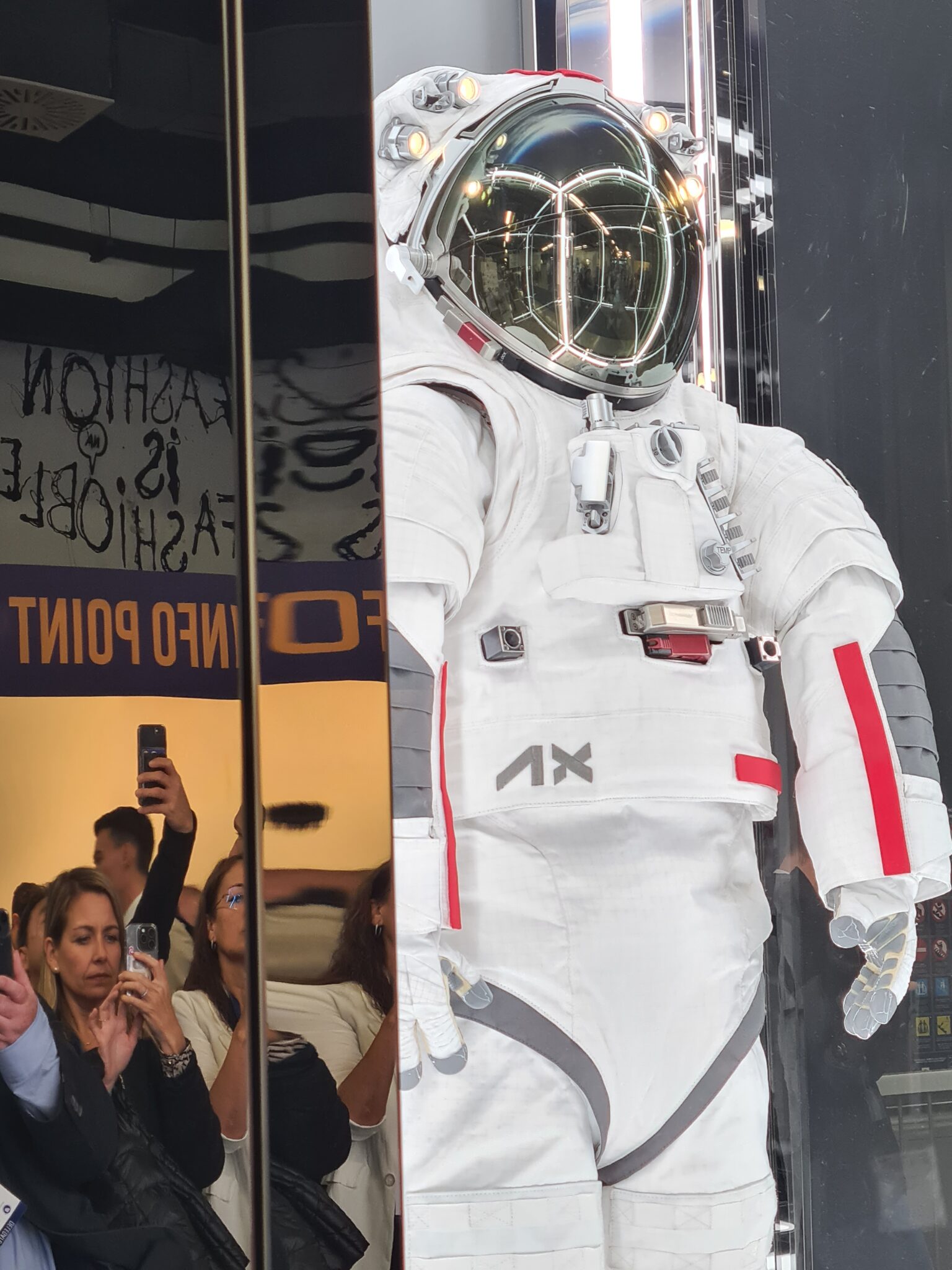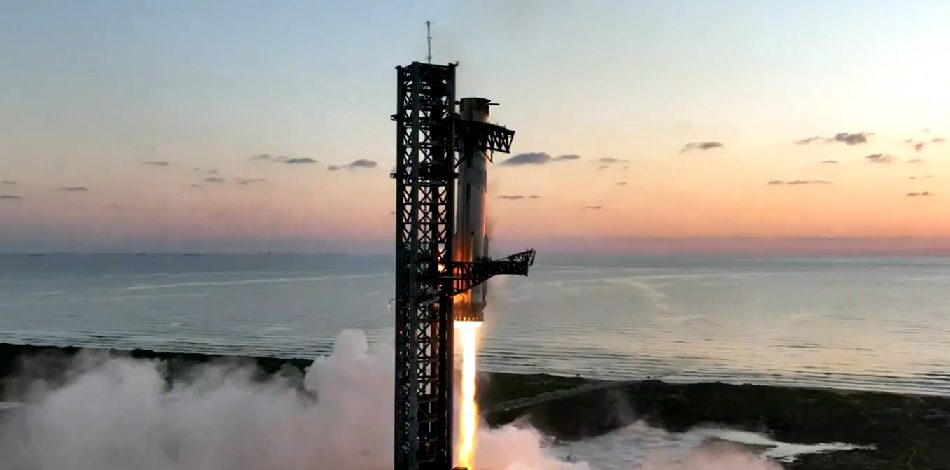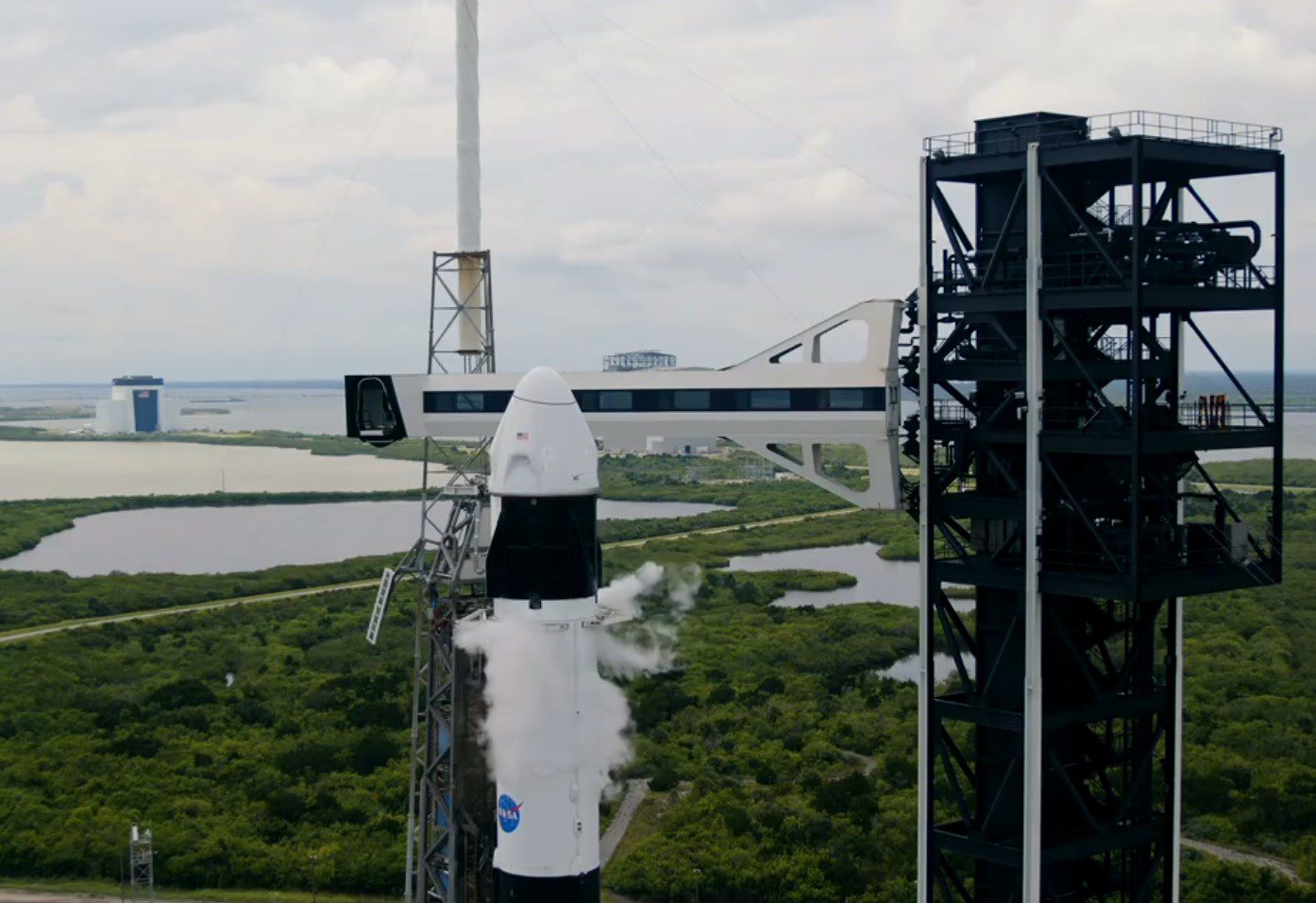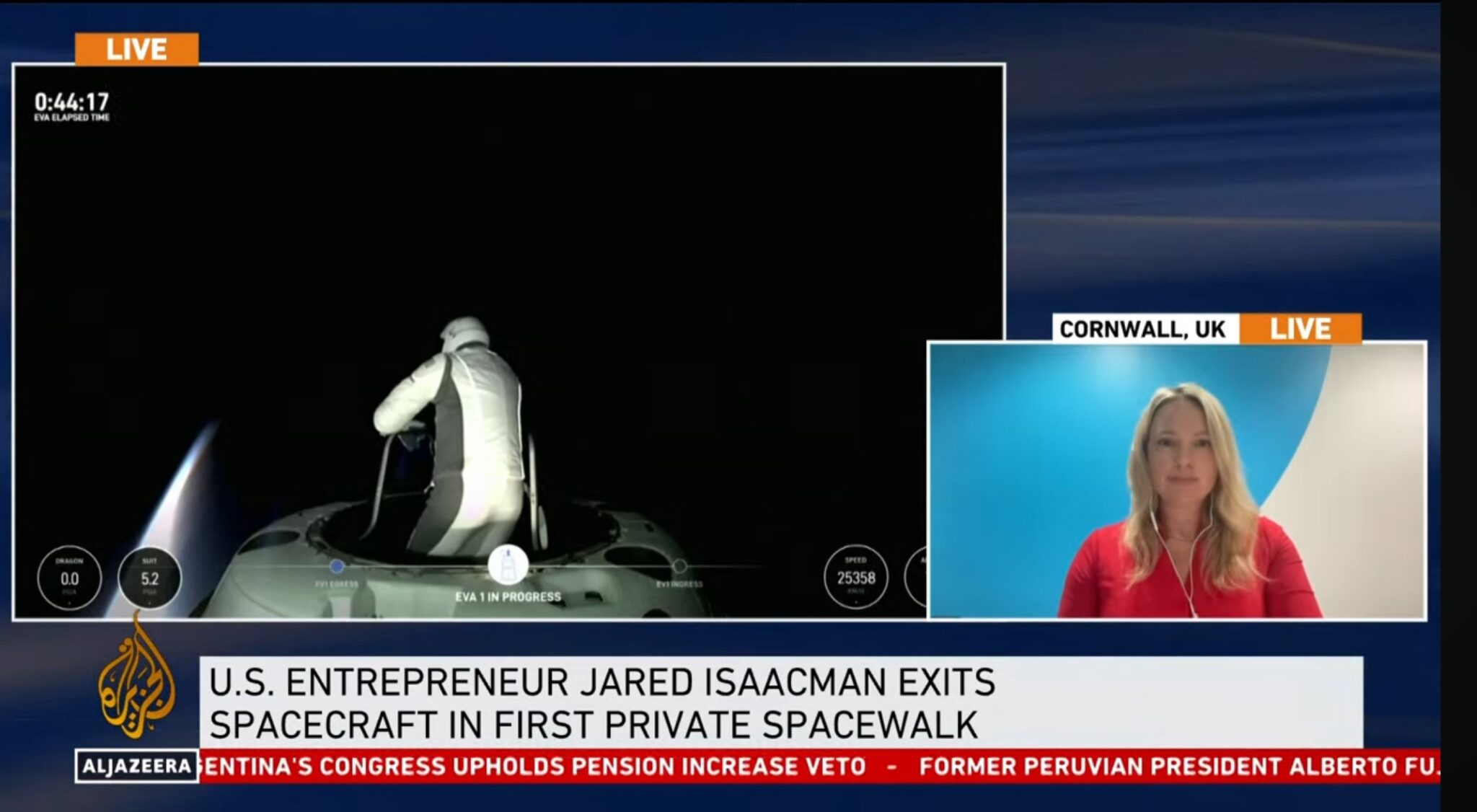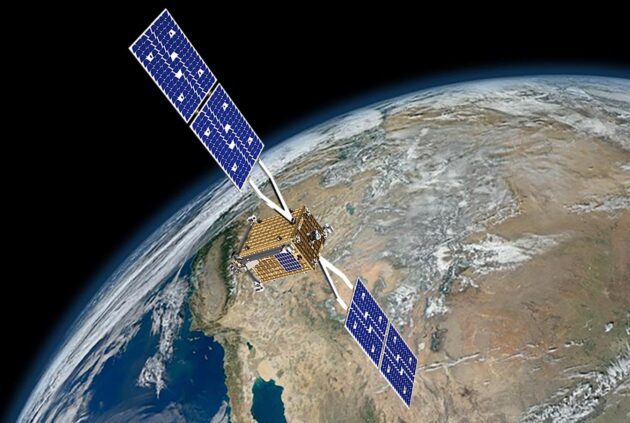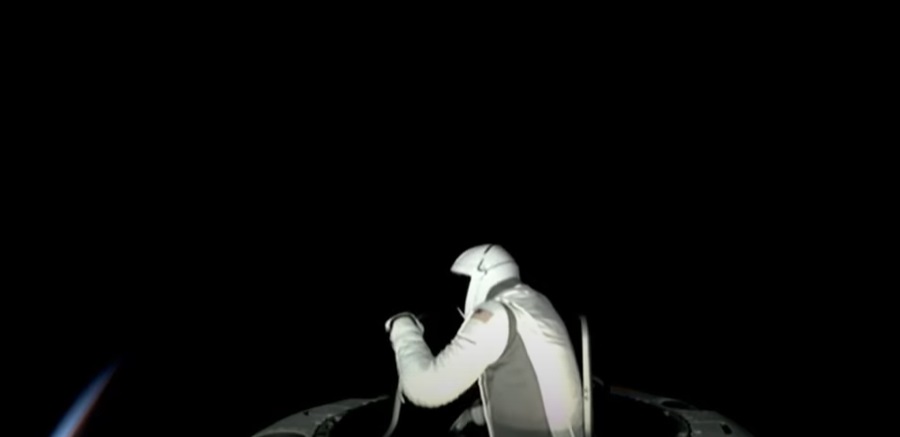Every year Seradata publishes its analysis of how well different nations are doing in the “great space race”. In this, we limit our analysis to manned spaceflight and to its two main exploratory targets: a return to the Moon and setting foot on Mars. On the basis of technological ability, financial and other resources, national will, and, most importantly, project progress, we publish our opinion on each nation’s chances in the same way that a notional bookmaker would: in the form of odds.
The Mars Race: USA is the easy favourite (but actually it has two runners)
USA: 1 – 10 favourite(s); China and Russia: both: 33-1; India: 500-1; rest of world: 1,000-1
There are really only two nations that are viably going to achieve this feat: the USA and China. Russia’s exploration plans have been set back by a lack of money for a heavy-lift launch vehicle. The USA has its SLS (the Block 1 version to be followed by the Block 1B), while China’s Long March 9 is being designed for the purpose. Large as it is, SLS is under-sized and any Mars landing mission will need 10-12 flights to assemble all of its elements.
NASA remains at the “technology development stage” of the project. It is slowly (actually very slowly) assembling the technological elements that it needs to mount an expedition to Mars before it starts building hardware. Two elements in that jigsaw are nearing completion: the SLS super-heavy-lift launch vehicle and the Orion manned spacecraft. But to get to Mars it also needs long-range spacecraft, landing craft, ascent vehicles etc.
In spite of political pressure to return to the Moon first, NASA wants to perfect long-range habitation and electric propulsion using missions such as the Asteroid Redirect Mission to test them. As such, an official NASA manned landing mission to Mars will not be undertaken until the mid-2030s at the earliest.
China is much more interested in the Moon than Mars (see below). And while it will consider manned Mars exploration trips, it will do these in its own good time. Yes – it might even beat NASA back to the Moon.
Nevertheless, why is the USA so far and away the heavy odds-on favourite to reach Mars first?
Well, it is because of Elon Musk. While NASA seems in no hurry to get there, Musk and his merry SpaceX men (and women) are already designing an unmanned Mars landing trip in the form of Red Dragon, which is to launch (with NASA’s Deep Space Network supporting it) in 2020.
Meanwhile, Musk is set to announce the super-heavy-lift rocket element of his Mars plan at the International Astronautical Congress, in Mexico, later this year. This rocket will be much larger than an SLS.
As such, we expect a “first SpaceX manned mission” to be targeted for 2028 or so. SpaceX will miss this ambitious target, but the attempt should beat the USA’s official Mars effort and any Chinese plan by over a decade.
Of the other nations, Japan’s JAXA will be content to follow what NASA decides to do, as will the UK, which does not have enough money to mount a project of this size independently. Nevertheless, the UK (in conjunction with ESA) remains an outsider if it can get regular reusable flights of the Skylon spaceplane going. However, this will not be until the mid-2020s at the earliest. A Mars exploration infrastructure, using Skylon as the initial transport to low Earth orbit (LEO), could be put in place after that. Reaction Engines has planned a Mars Expedition in its Project Troy mission design, but it would not happen until at least the 2030s.
While India persists with its manned space programme, it is still years away from launching a “gaganaut” to, LEO let to the Moon or Mars. And so its odds are now 500-1.
The return to Moon race: China is favourite while USA makes up its mind
China: evens favourite (in from 5-2); USA: 3-1 (out from 6-4); Russia: 8-1 (steady); India: 100-1 (out from 33-1); UK: 300-1; North Korea 5,000-1
China retook the favourite position after it successfully tested a scaled-down manned lunar return capsule from LEO – the DFFC Duoyongtu Feichuan Fanhui Cang) – flown on the maiden flight of the Long March 7 in June. China also managed to recover its ChangE-5-T1 capsule from lunar orbit in 2014. China has also previously proven that it can soft land on the Moon via the Chang’E-3/Yutu lunar rover mission.
NASA is under pressure from Congress and the European Space Agency (ESA) to go back to the Moon. It has plans for a cis-lunar orbiting station as a base for exploration of any captured asteroid piece. This could also be used for basic manned landings, so long as ESA pays for a lander, but it is not interested in a Moon base because this would divert resources from the Mars effort.
If NASA does give up on its asteroid redirect effort to instead concentrate on lunar landing missions, with all its Apollo experience and heritage, it would become an easy favourite for lunar return, even though it would take time to perfect its lunar orbiting station/reusable lander concept.
Russia, for financial reasons, cannot easily take part, although theoretically it could use larger versions of the Angara rocket to make multi-launch missions to the Moon involving LEO rendez-vous techniques. As already mentioned, India (100-1) is not really a runner for lunar landing – but it has more chance of a Moon mission than a Mars one.
And finally, despite North Korea’s insistence that it plans to plant its DPRK flag on the moon, it really is the rank outsider at circa 5,000-1. Mind you as Leicester showed in last year’s UK Premier League football competition, those with such odds can very (well very, very) occasionally win.
In conclusion, we see Elon Musk becoming the first man to set foot on Mars (yes, he will want to be first whatever he says), with a Chinese Taikonaut walking on the lunar surface before that.

